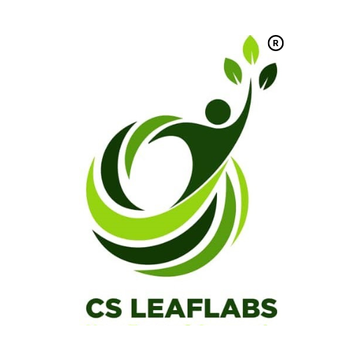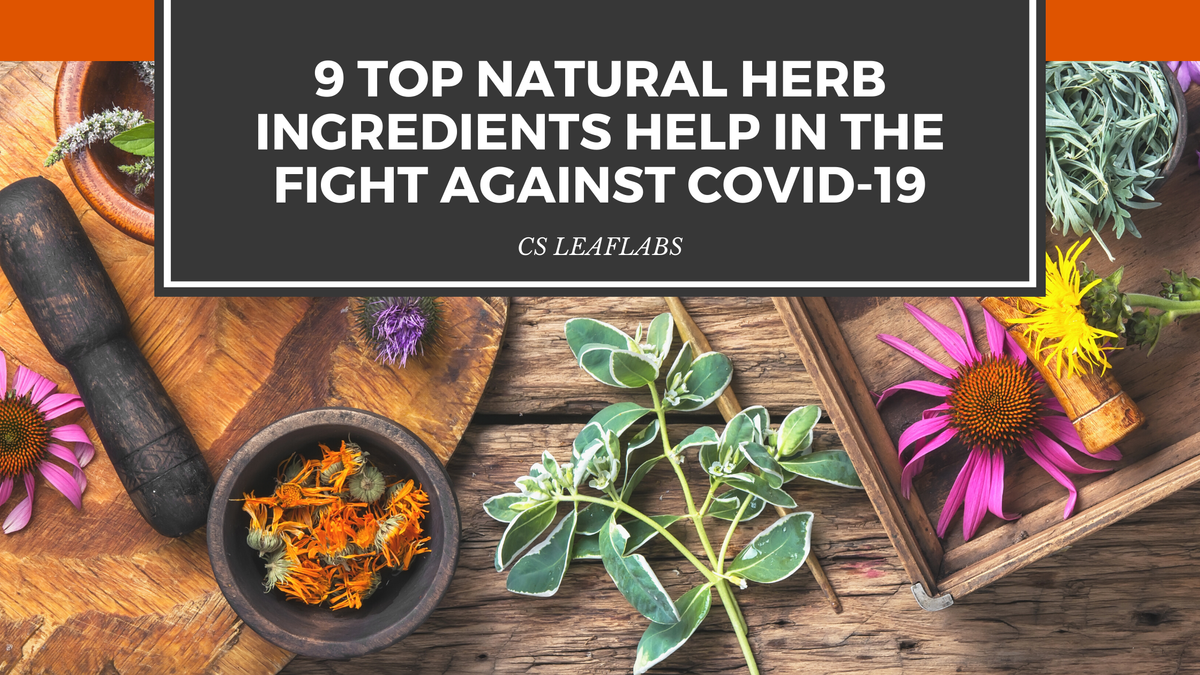
What is Coronavirus (COVID-19)?
Coronavirus disease (COVID-19) is a viral infection caused by the SARS-CoV-2 virus. On December 31, 2019, World Health Organisation(WHO) received notification of cases of pneumonia from unknown etiology in Wuhan City, China. WHO named COVID-19, the respiratory disease caused by the new coronavirus SARS-CoV-2, a pandemic on March 11, 2020.
COVID-19 mainly consists of three essential proteins: PLpro, 3CL and spike proteins. The 3CLpro is very important for the virus to replicate and propagate and its inhibitors may halt the disease at an early stage of replication.
How does it attack the human body?
Infection with SARS-CoV-2 can induce an extensive immune response in the host organism leading in some cases to massive tissue damage. The pathogenic mechanisms underlying the most common serious manifestation, i.e., virus-produced pneumonia characterized mainly by fever, cough, sore throat, fatigue, headache, and shortness of breath, are very complex.
The virus enters the body through the mucous membranes, mainly the nasal and larynx mucosa, travels through the respiratory tract, reaches the lungs, and rapidly replicates.
The disease leaves lesions on lungs and has effects liver as well. These pathological manifestations effects the post‐infection physiology of internal organs
9 Top Ingredients that help to fight against Covid-19
Plant-synthesized secondary metabolites (PSMs) were emphasized in recent study to create a review concentrating on the efficacy of plant-originated therapies for the treatment of COVID-19.
Plant metabolites are a rich source of therapeutic chemicals, and their complex chemical structures make them ideal for treating serious ailments.
Some have already been identified as potentially useful alternative medications and lead molecules for drug repurposing and development.
Cassia Fistula

Cassia fistula Linn. also known as Golden Shower, and this plant's chemical constituents include:
Procyanidin B2
Flavonol glycosides
Oxyanthraquinone
Dihydroxyanthraquinone.
According to scientific research, Cassia Fistula has several pharmacological activities as below:
Strong antiviral action against human viral infections, in addition to other therapeutic properties.
An antimicrobial agent having the ability to destroy all types of germs such as viruses, bacteria, fungus, and parasites; hence, it is regarded as a highly significant antibiotic source to treat any form of microbial infection, according to "Siddha" medicine.
Aids in the treatment of respiratory problems such as asthma and pulmonary illness, as well as respiratory tract microbial infections. This property considerably enhances the benefit of COVID-19 treatment, as COVID-19's complexity encompasses respiratory illnesses such as severe acute respiratory syndrome.
An antipyretic agent; hence, it is clear that Cassia Fistula not only control the multiplications of the COVID19 but also helps in addressing of all symptoms of the patients along with prevention of the complications in the respiratory tract.
The fruit pulp of Cassia Fistula is a readily available market product that can greatly aid in the recovery of COVID-19 infected patients.
Embelia Ribes
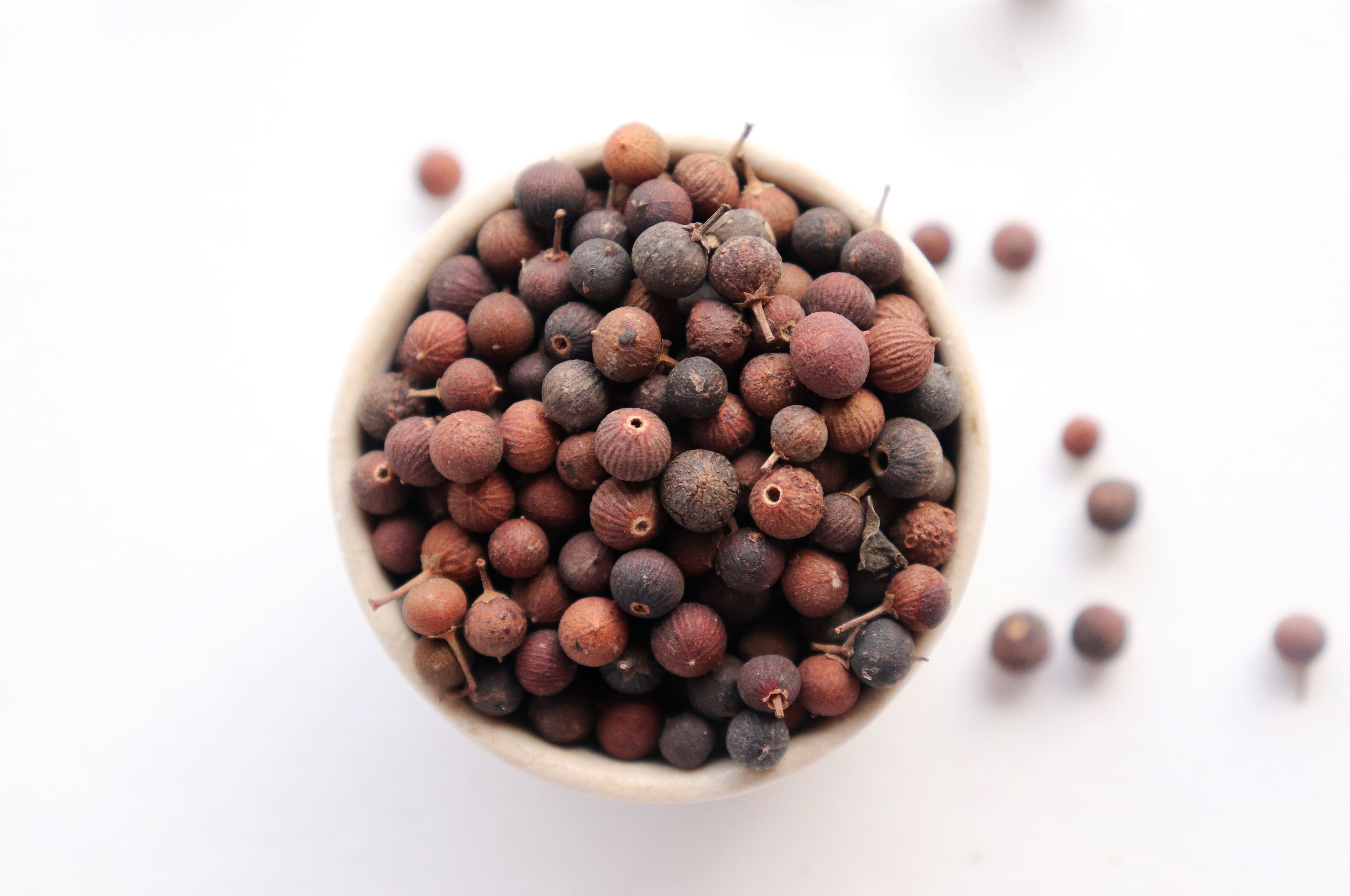
Embelia ribes Burm. f. And commonly know as “False Black Paper” found in hilly parts of India up to 1500 m. elevation from the outer Himalayas to Western Ghat and this plant's chemical constituents include
Alkyl-benzoquinones,
Embelin
Embelinol,
Embeliol,
Embelin suppresses paraquat-induced oxidative stress in lung, an organ particularly affected by Covid-19.Embelin is a unique chemical species as it includes both quinone and hydroquinone functional groups plus a long hydrophobic tail.
Based on recent studies, conclude the viral protein PDB 6Y84 protease (COVID-19) is an excellent target receptor for quinones such as embelin.
Mesua Ferrea
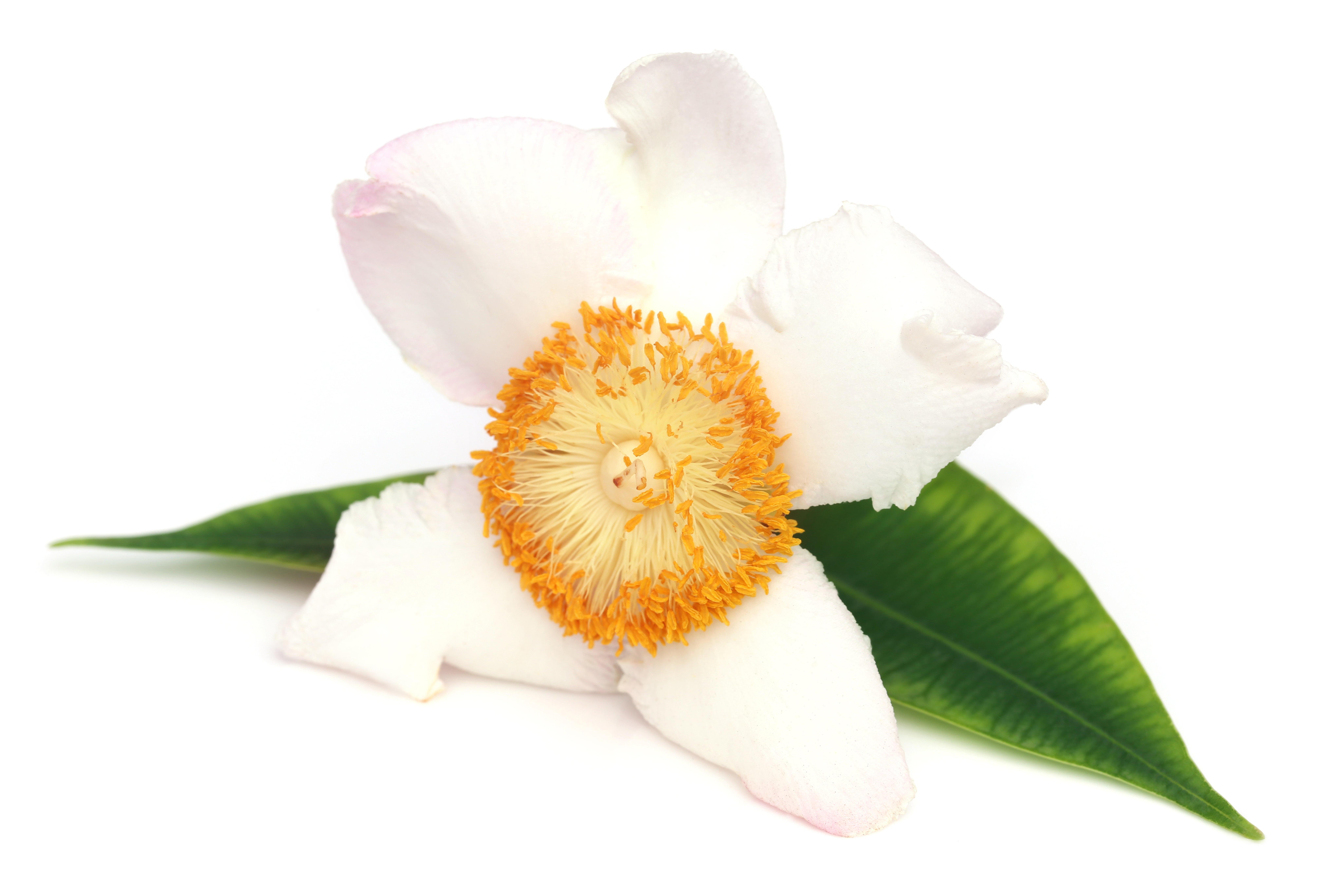 Mesua ferrea Linn (Ceylon iron wood) belongs to family Clusiaceae, is a rich source of secondary metabolites and is blessed with diverse medicinal properties e.g. antioxidant, antimicrobial, antiviral, antitumor and immunomodulatory
Mesua ferrea Linn (Ceylon iron wood) belongs to family Clusiaceae, is a rich source of secondary metabolites and is blessed with diverse medicinal properties e.g. antioxidant, antimicrobial, antiviral, antitumor and immunomodulatory
A recent study had selected some small molecules of Mesua ferrea (flavonoids, coumarins, xanthones etc.) for the interactions against SARS-CoV-2 Mpro (PDB 6LU7) (which is responsible for regulating vital function in the virus body) and it revealed that the observed small molecules in Mesua Ferrea are potential inhibitors of 6LU7.
Acorus Colomus
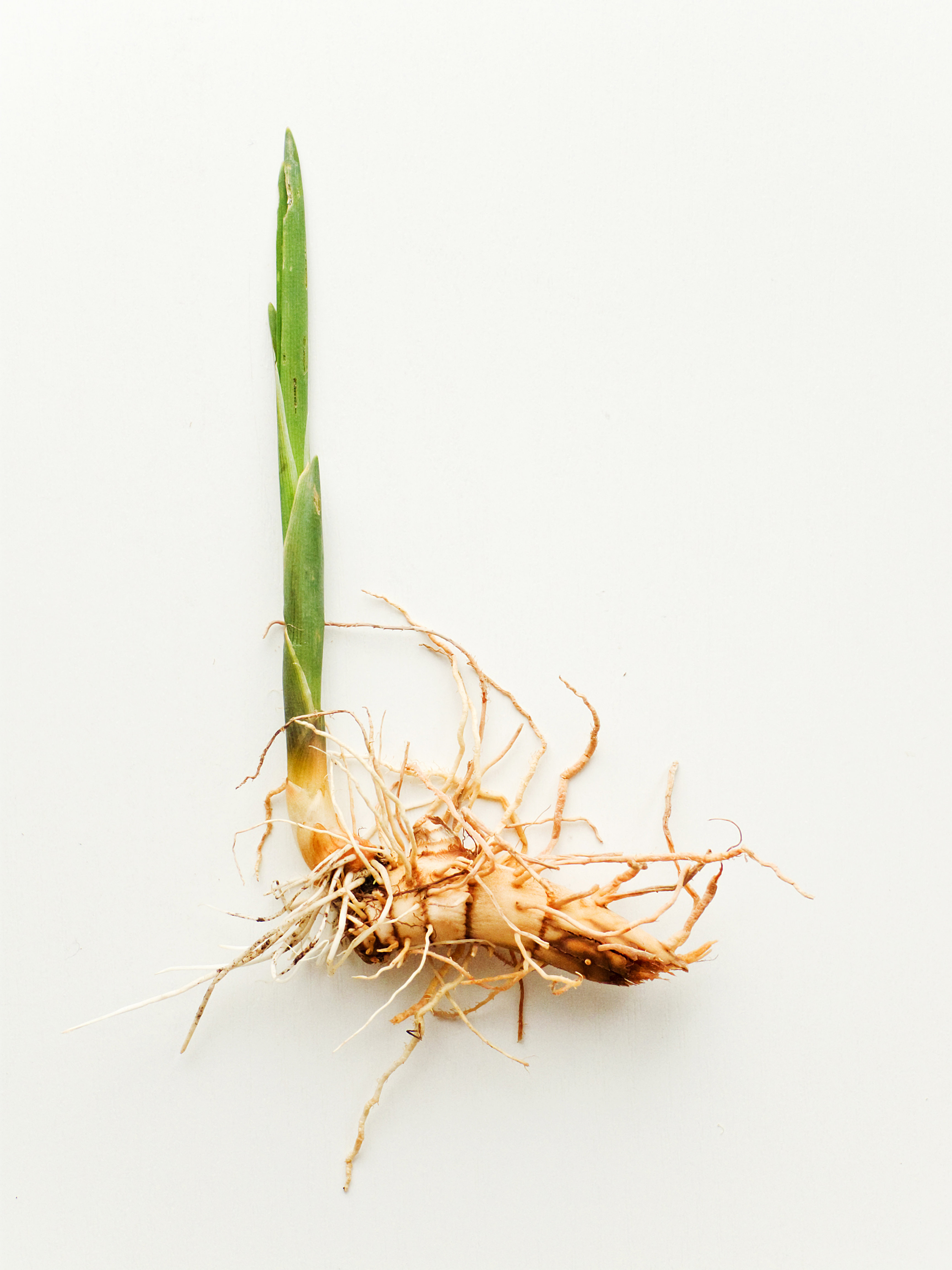
Acorus calamus. Linn. (Araceae), commonly known as “sweet flag” or “calamus”, is a semiaquatic, perennial, aromatic herb with creeping rhizomes. The plant is found in the northern temperate and subtropical regions of Asia, North America, and Europe.
Acorus calamus contains various compounds and the most widely known ligand is galangin which is used as a therapeutic target for the treatment of cancer, neurodegeneration, diabetes, cardiovascular effects, and also bronchitis diseases.
Based on research, galangin was identified as one of the useful ligand to cure covid-19.
Tumeric
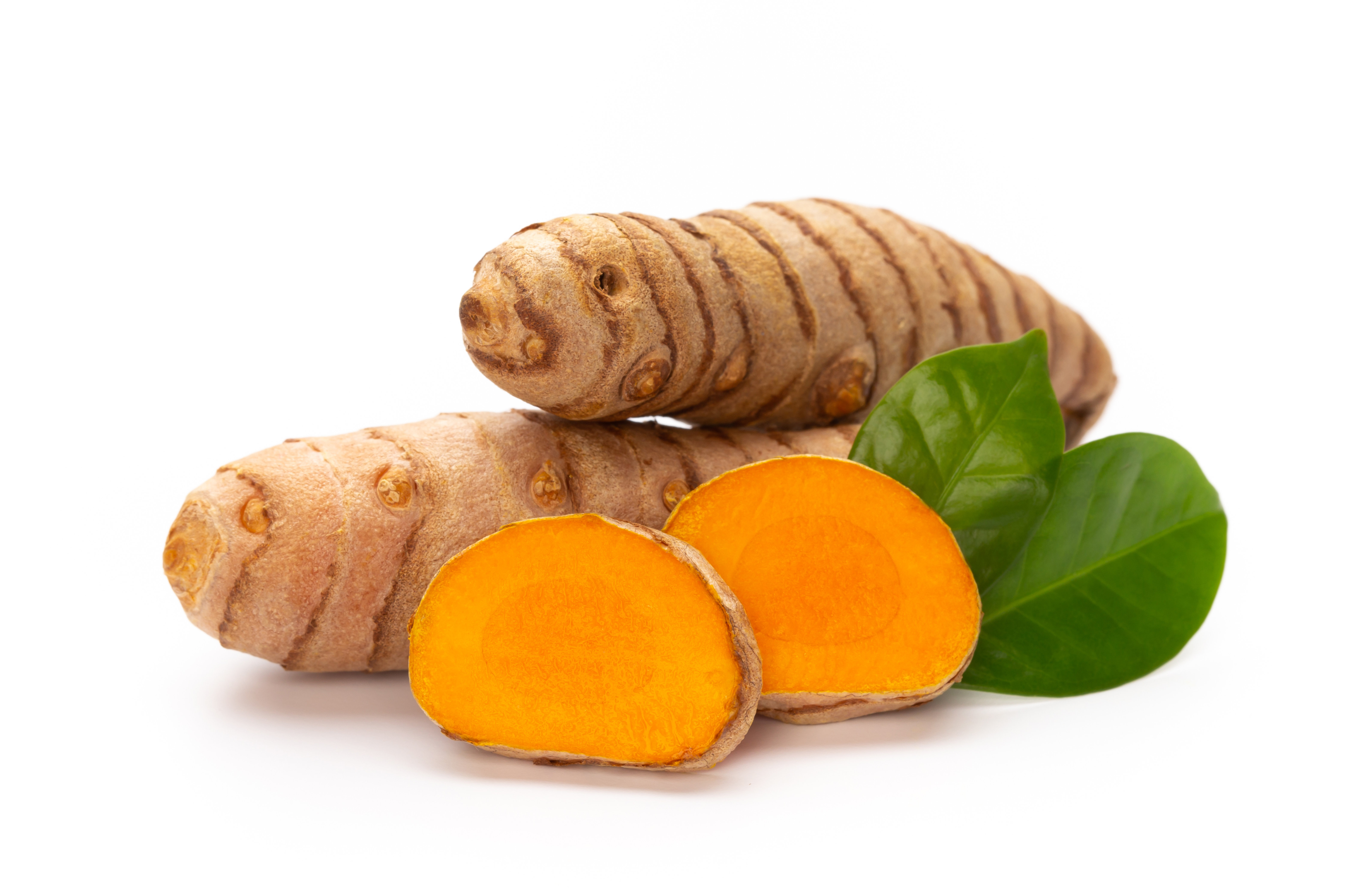
Curcuma longa L. (turmeric) of ginger family (Zingiberaceae) belongs to the group of oldest cultivated spice plants in the south-east Asian countries. For many years rhizome of this plant has been used also as a safe and active drug for the treatment of various diseases.
Curcumin, a natural polyphenol, has been linked to a variety of pharmacological activities, including:
potential chemotherapeutic
Antioxidant
antiviral
Antibacterial
anti-inflammatory activities.
Clinical trials have shown that nanoencapsulated curcumin can help patients with COVID-19. In the aforementioned trial, there was a significant reduction in clinical signs of COVID-19 (fever, cough, and dyspnea) in the nanocurcumin-treated group (patients with mild and severe disease).
Because of the several mechanisms of action discussed in various reviews, it has been confirmed that curcumin could be used as an adjuvant medication in the treatment of COVID-19.
Terminilia Chebula (Haritaki)

Terminalia chebula, a famous medicinal plant of Bangladesh commonly known as ‘Haritaki’, was found to be active against viral infections by many investigators.
Recent studies show Haritaki (Terminalia chebula) has an inhibitor against SARS‐COV‐2 3CLpro (a crucial enzymatic protein of SARS‐CoV‐2)
The halt in this enzymatic activity can potentially block the replication of the virus inside the cells and may confer a protective effect in COVID‐19.
The infection of the SARS‐CoV‐2 produces a wave of inflammatory mediators and manifests severe oxidative damage .The inflammatory and oxidative damage to the cells conferred by the virus can be countered by the anti‐inflammatory and anti‐oxidative properties of these plants.
Emblica Officinalis (Amla)
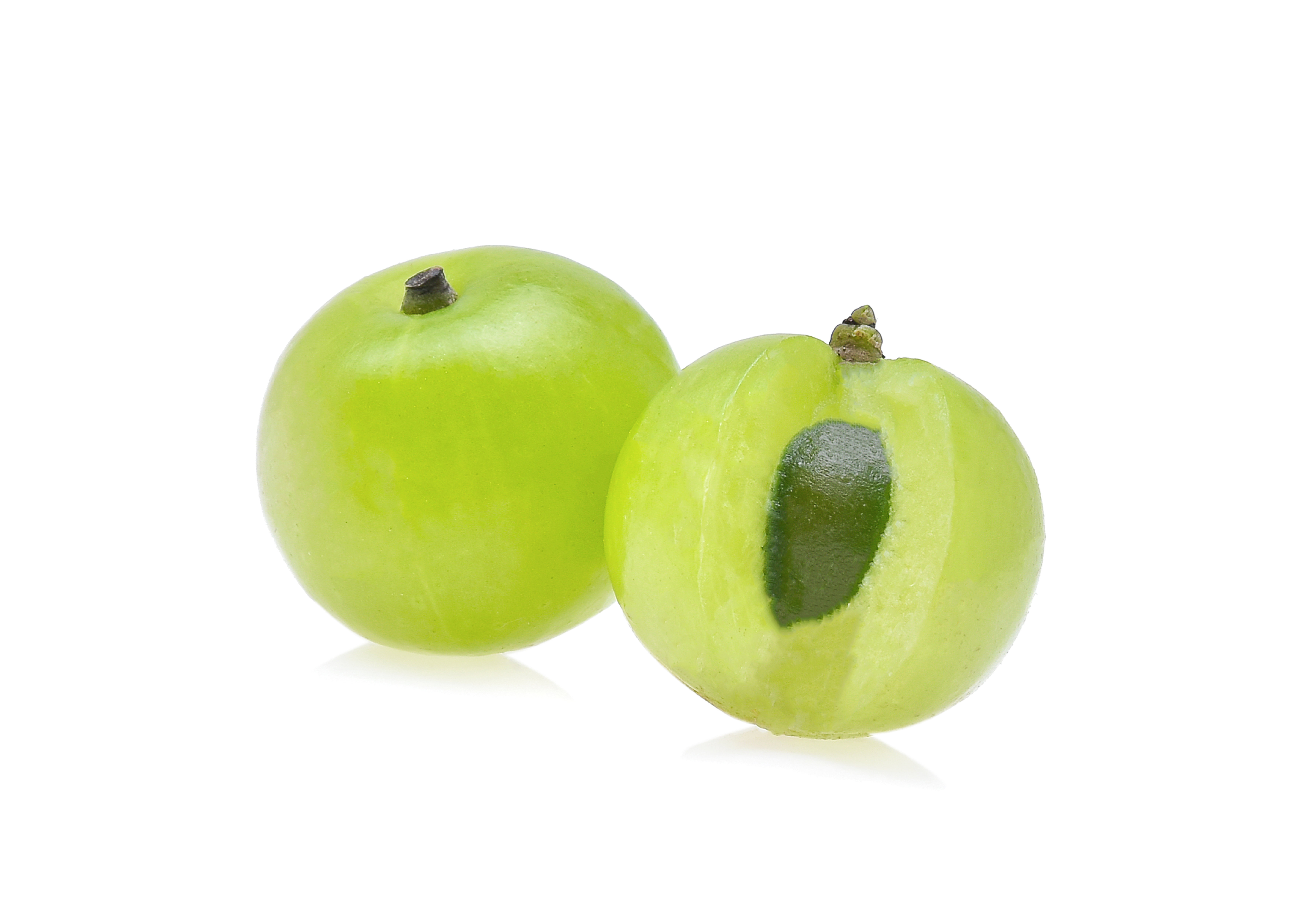
Emblica Officinalis Gaertn. or Phyllanthus emblica Linn, commonly known as Indian gooseberry or amla, is arguably the most important medicinal plant in the Indian traditional system of medicine, the Ayurveda.
Amla is often reported for its various biological properties such as:
Immunomodulatory
Anti-inflammatory
Antioxidant
Anticancer
Antiviral
Anti-diabetic
antimicrobial
The bioactive compounds of Emblica Officinalis can act as immunomodulators and reduce cytokine storm against viral infections
In recent studies for the correlation between COVID-19 and the potential therapeutic effect from Emblica Officinalis biochemical, the researcher targeted SARS-CoV-2 main protease (COVID-19 Mpro), an enzyme mainly involved in viral replication and transcription.
It was revealed that the bioactives namely 7-ketositosteol in Amla could be used as COVID-19Mpro inhibitors
Aerva lanata
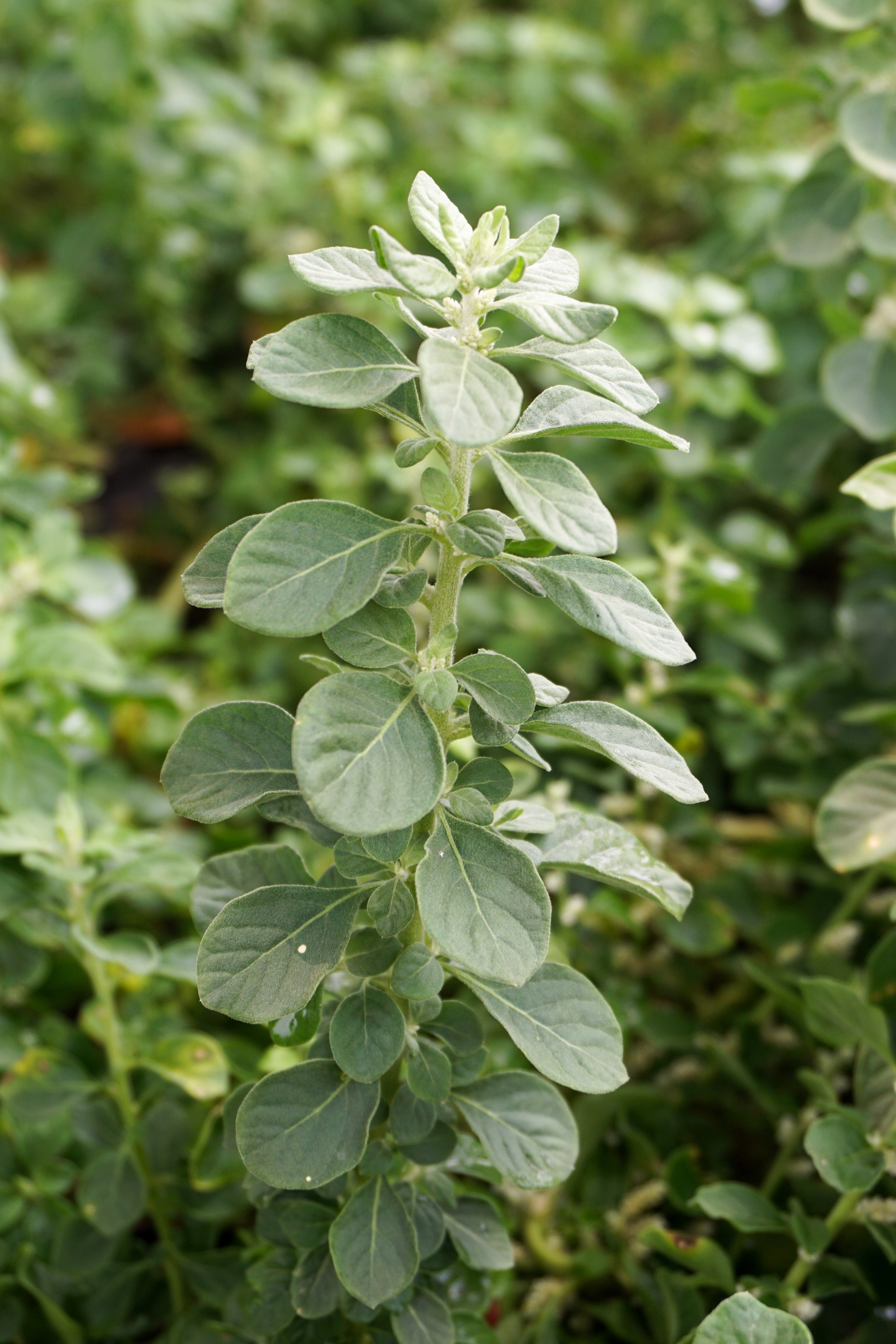
Aerva lanata, one of the ten sacred herbs of Kerala. It belongs to Amaranthaceae family and is used as traditional medication in snake bites, cough, strangury, headache, urolithiasis and jaundice therapy
Aerva lanata is well known for its anti-microbial activity.
Based on recent studies Aerva lanata medical plants are an effective treatment of COVID-19, many of the alkaloids and flavonoids from this herb are computed to be highly effective towards the main protease (PDB:6YB7) of SARS-CoV-2. SARS-CoV-2.
The robustness of some of the phytochemicals such as ervoside, which is only present in Aerva lanata computed to have very high anticoronavirus activity.
Boerhavia diffusa
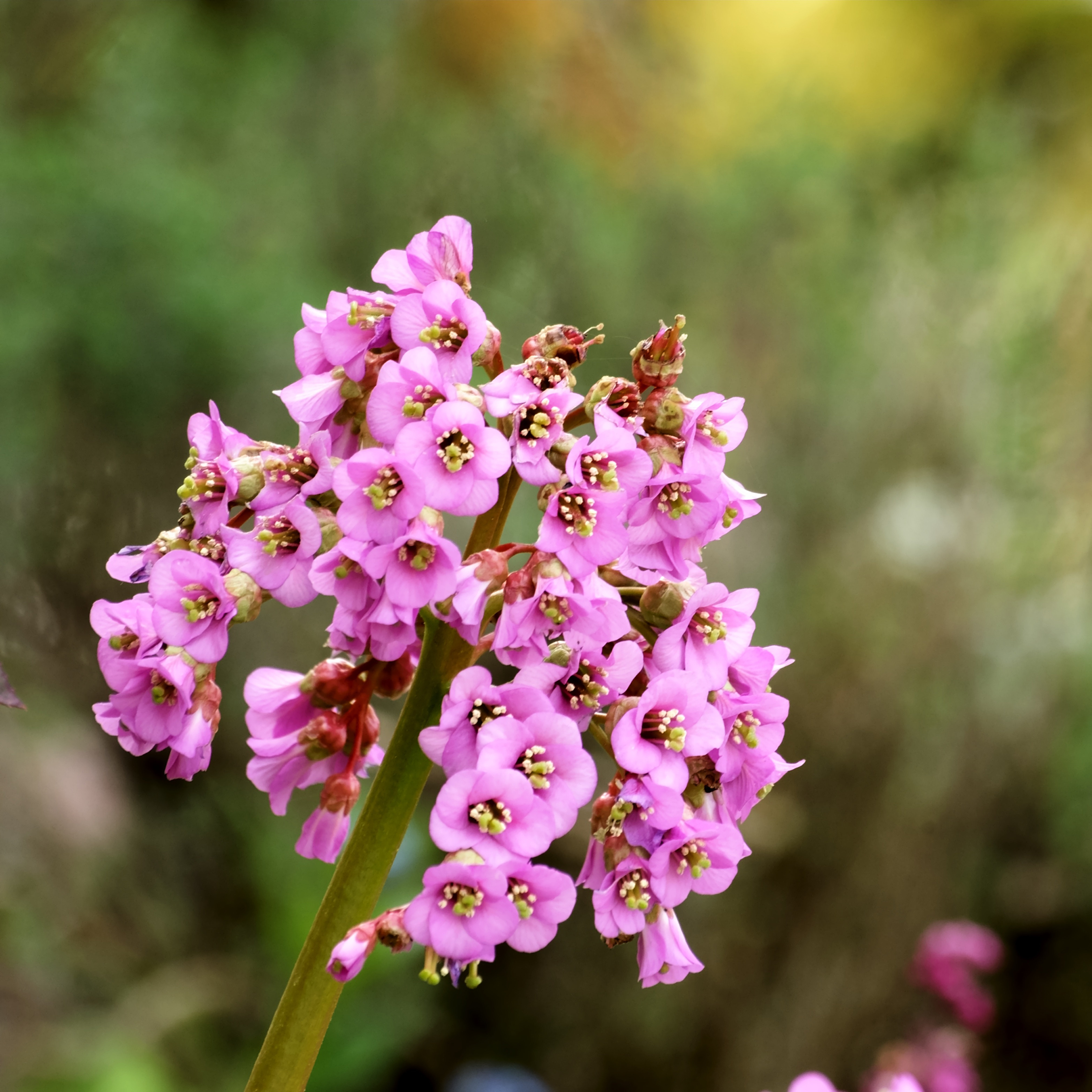
Boerhaavia diffusa (Family Nyctinaceae) is a tropical plant that has been used in Ayurveda under the name of 'Punarnava' for jaundice, dyspepsia, and menstrual cramps. Its common English name is Red spiderling or spreading hogweed.
Recent studies involving clinical trials have also reported its role as an
Anticancer agent
Antidiabetic
Antioxidant
Anti-inflammatory,
antifibriolytic agent
The present study shows the major phytochemicals of B.diffusa namely Bioquercetin, Biorobin , Boerhavisterol was concluded that possess potential therapeutic properties against COVID-19.
In this current situation, the combination of all of the stated natural ingredients in One Formula will be advantageous to human health status. Natural remedies derived from medicinal plants may be effective weapons in the fight against COVID-19.
Do you think it will be great if we can combine this in ONE FORMULA ?
Reference:
Zhang, D. hai, Wu, K. lun, Zhang, X., Deng, S. qiong, Peng,B. (2020). In silico screening of Chinese herbal medicines with the potential to directly inhibit 2019 novel coronavirus. Journal of Integrative Medicine, 18(2), 152-158. https://doi.org/1
Di Gennaro F, Pizzol D, Marotta C, Antunes M, Racalbuto V, Veronese N, et al. Coronavirus diseases (COVID-19) current status and future perspectives: a narrative review. Int J Environ Res Public Health. 2020;17(8). https://doi.org/10.3390/ijerph17082690.
Li H, Liu SM, Yu XH, Tang SL, Tang CK. Coronavirus disease 2019 (COVID-19): current status and future perspectives. Int J Antimicrob Agents. 2020;55(5):105951. https://doi.org/10.1016/j.ijantimicag.2020.105951.
Xu, L. , Liu, J. , Lu, M. , Yang, D. , & Zheng, X. (2020). Liver injury during highly pathogenic human coronavirus infections. Liver International, 40, 998–1004. 10.1111/liv.14435
Bhuiyan Farhana Rumzum, Howlader Sabbir, Raihan Topu, Hasan Mahmudul,Plants Metabolites: Possibility of Natural Therapeutics Against the COVID-19 Pandemic Frontiers in Medicine(7)2020, Pg.444 https://www.frontiersin.org/article/10.3389/fmed.2020.00444
Phumthum Methee, Nguanchoo Varangrat, Balslev Henrik,Medicinal Plants Used for Treating Mild Covid-19 Symptoms Among Thai Karen and Hmong Frontiers in Pharmacology(12)2021,Pg:1844 https://www.frontiersin.org/article/10.3389/fphar.2021.699897
Lokesh Ravi, Camil Rex M., Anirudh Sreenivas B. K.,Procyanidin B2 of Cassia fistula a Potent Inhibitor of COVID19 Protease: A Molecular Dynamic Simulation Analysis Asian Journal of Pharmaceutics • Apr-Jun 2020 • 14 (2)
R.N. Chopra, S.L. Nayar, I.C. Chopra CSIR, "Glossary of Indian Medicinal Plants” New Delhi Quart Rev Biol, 33 (1958), p. 156 K. Haq, M. Ali, A.W. Siddiqui New compounds from the seeds of Embelia ribes Burm Pharmazie, 60 (2005), pp. 69-71
N. SreeHarsha Embelin impact on paraquat-induced lung injury through suppressing oxidative stress, inflammatory cascade, and MAPK/NF-κB signaling pathway J Biochem Mol Toxicol, 34 (2020), Article e22456, 10.1002/jbt.22456
Francesco Caruso, Miriam Rossi, Jens Z. Pedersen, Sandra Incerpi,Computational studies reveal mechanism by which quinone derivatives can inhibit SARS-CoV-2. Study of embelin and two therapeutic compounds of interest, methyl prednisolone and dexamethasone,Journal of Infection and Public Health,Volume 13, Issue 12,2020,Pages 1868-1877,ISSN 1876-0341,https://doi.org/10.1016/j.jiph.2020.09.015.
Anand, K., Ziebuhr, J., Wadhwani, P., Mesters, J. R., & Hilgenfeld, R. (2003). Coronavirus Main Proteinase (3CL pro) Structure : Basis for Design of Anti-SARS Drugs. Science, 300, 1763-1767
Jin, Z., Du, X., Xu, Y. et al. (2020). Structure of Mpro from SARS-CoV-2 and discovery of its inhibitors. Nature, 582(7811), 289-293. https://doi.org/10.1038/s41586-020-2223-y
Aisha Saddiqa* , Osman Çakmak, Muhammad Usman,Salih Ökten Extracts of Mesua ferrea Linn as the Natural Inhibitors of COVID-19 Main Protease: A Computational Quest TFSD, 2021, 2(2), 40-47
Pulok Kumar Mukherjee,Venkatesan Kumar,Mainak Mal,Peter J. Houghton,Acorus calamus.: Scientific Validation of Ayurvedic Tradition from Natural Resources Pharmaceutical Biology Volume 45, 2007 - Issue 8
Venkataramanan &Devindren Identifying A Potential Drug From Acorus Calamus And Determining The Specific Binding Region In The Human Coronavirus Protein Via Insilico Docking Method. J.Bio.Innov 9(5), pp: 827-834, 2020 |ISSN 2277-8330 (Electronic)
Rattis Bruna A. C., Ramos Simone G., Celes Mara R. N.,Curcumin as a Potential Treatment for COVID-19 ,Frontiers in Pharmacology (Vol.12)
(2021)Pg.1068 https://www.frontiersin.org/article/10.3389/fphar.2021.675287
Tahmasebi, S., El‐Esawi, M. A., Mahmoud, Z. H., Timoshin, A., Valizadeh, H., Roshangar, L., et al. (2020). Immunomodulatory Effects of Nanocurcumin on Th17 Cell Responses in Mild and Severe COVID‐19 Patients. J. Cel. Physiol. 236, 5325–5338. doi:10.1002/jcp.30233
Babaei, F., Nassiri-Asl, M., and Hosseinzadeh, H. (2020). Curcumin (A Constituent of Turmeric): New Treatment Option against COVID‐19. Food Sci. Nutr. 8, 5215–5227. doi:10.1002/fsn3.1858
Ehfazul Haque, Ariful Karim,Jakir Ahmed Chowdhury, Refaya Rezwan4, Tahmina Akter, Md. Rafat Tahsin, Abu Asad Chowdhury, Shaila Kabir and Md. Shah Amran,CAN TERMINALIA CHEBULA (HARITAKI) STOP COVID-19?ejpmr, 2021,8(1), 115-119
Ehfazul Haque, Ariful Karim,Jakir Ahmed Chowdhury, Refaya Rezwan4, Tahmina Akter, Md. Rafat Tahsin, Abu Asad Chowdhury, Shaila Kabir and Md. Shah Amran,CAN TERMINALIA CHEBULA (HARITAKI) STOP COVID-19?ejpmr, 2021,8(1), 115-119
Upadhyay S, Tripathi PK, Singh M, Raghavendhar S, Bhardwaj M, Patel AK. Evaluation of medicinal herbs as a potential therapeutic option against SARS-CoV-2 targeting its main protease. Phytother Res. 2020;34(12):3411-3419. doi:10.1002/ptr.6802
Anand, K. , Ziebuhr, J. , Wadhwani, P. , Mesters, J. R. , & Hilgenfeld, R. (2003). Coronavirus main proteinase (3CLpro) structure: Basis for design of anti‐SARS drugs. Science, 300, 1763–1767. 10.1126/science.1085658
Varga, Z. , Flammer, A. J. , Steiger, P. , Haberecker, M. , Andermatt, R. , Zinkernagel, A. S. , … Moch, H. (2020). Endothelial cell infection and endotheliitis in COVID‐19. The Lancet, 395, 1417–1418. 10.1016/S0140-6736(20)30937-5
Variya B.C., Bakrania A.K., Patel S.S. Emblica officinalis (Amla): a review for its phytochemistry, ethnomedicinal uses and medicinal potentials with respect to molecular mechanisms. Pharmacol. Res. 2016;111:180–200. doi: 10.1016/j.phrs.2016.06.013.
Jantan I., Haque M.A., Ilangkovan M., Arshad L. An insight into the modulatory effects and mechanisms of action of Phyllanthus species and their bioactive metabolites on the immune system. Front. Pharmacol. 2019;10:878. doi: 10.3389/fphar.2019.00878.
Murugesan S, Kottekad S, Crasta I, et al. Targeting COVID-19 (SARS-CoV-2) main protease through active phytocompounds of ayurvedic medicinal plants - Emblica officinalis (Amla), Phyllanthus niruri Linn. (Bhumi Amla) and Tinospora cordifolia (Giloy) - A molecular docking and simulation study. Comput Biol Med. 2021;136:104683. doi:10.1016/j.compbiomed.2021.104683
Fabio, S. T.; Julie G.: Vincent, J. L. Hydroxychloroquine in the management of critically ill patients with COVID-19: the need for an evidence base. The Lancet Respiratory Medicine. https://doi.org/10.1016/S2213-2600(20)30172-7
Sherin, D.R., Sharanya, N. & Manojkumar, T.K. Potential drug leads for SARS-CoV2 from phytochemicals of Aerva lanata: a Machine Learning approach. VirusDis. (2021). https://doi.org/10.1007/s13337-021-00732-0
Rutwick Surya, U., Praveen, N. A molecular docking study of SARS-CoV-2 main protease against phytochemicals of Boerhavia diffusa Linn. for novel COVID-19 drug discovery. VirusDis. 32, 46–54 (2021). https://doi.org/10.1007/s13337-021-00683-6
